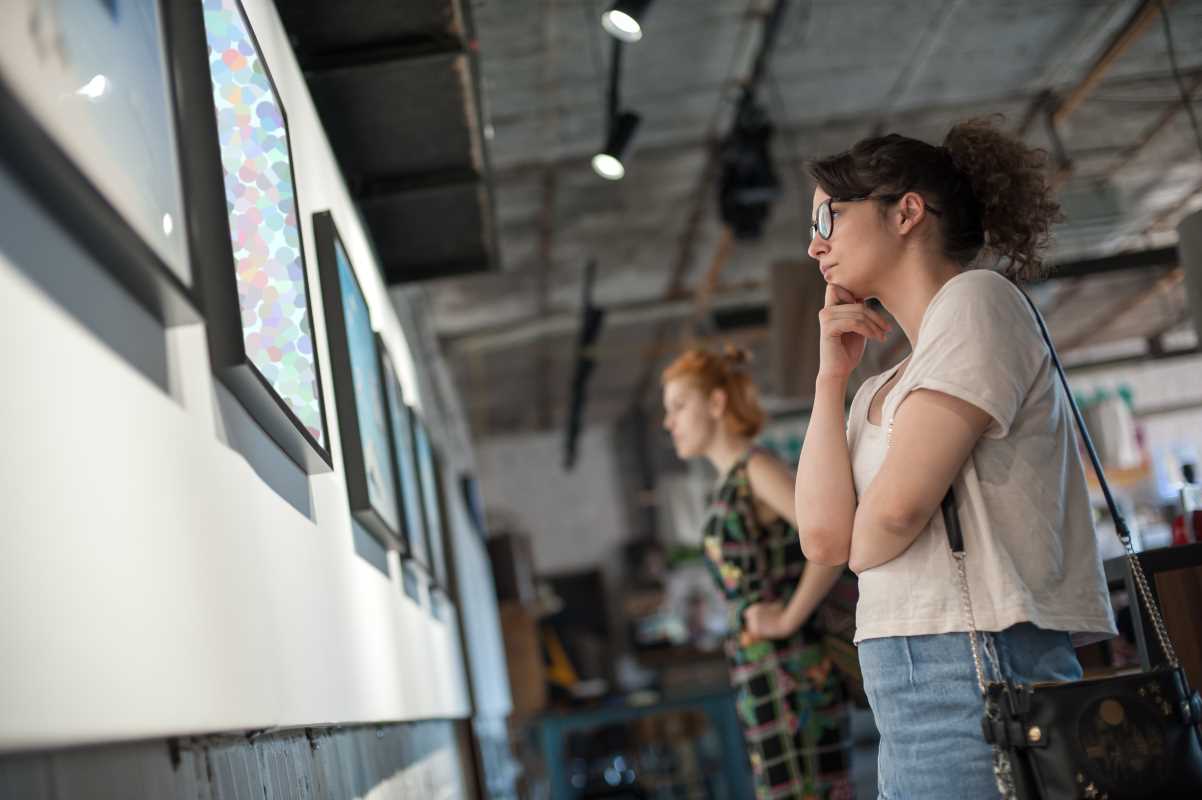Creating a showcase for emerging artists begins with a well-organized approach. First, outline each phase of the process, including selecting community venues, discovering talented local artists, and designing an inviting exhibition layout. Pay attention to securing permits and spreading the word through multiple promotional channels. Give the event a unique character by weaving in stories that honor the histories of the neighborhood. Gather essential tools for setting up, such as lighting equipment and thoughtful plans for managing visitor movement. Address potential obstacles by preparing backup solutions, ensuring a smooth experience for everyone involved. This guide walks you through every stage with practical advice and clear direction.
Sharing Community Stories
Using local stories energizes public spaces. Neighbors remember street corners, murals, and community centers as living archives. By framing the showcase around these memories, you give each artwork a feeling of belonging. Encourage artists to reflect on nearby landmarks or shared experiences—this connection sparks conversations and deepens involvement.
When visitors walk through displays referencing familiar scenes, they feel invited to share their own memories. This approach turns a simple art exhibition into a shared tapestry. It moves beyond static displays into active conversations, building bonds across generations and backgrounds.
Engaging Local Interest
Building excitement depends on unexpected touchpoints. Instead of standard flyers, partner with neighborhood cafés for mini pop-up installations. Place small frames on café walls, each with QR codes that link to artist interviews. This strategy sparks curiosity during daily routines, encouraging patrons to attend the main event with genuine enthusiasm.
Another fresh idea involves sidewalk stencils that mimic art labels outside key businesses. These temporary markers guide pedestrians along a trail, with each step showing snippets of featured works. Using simple chalk-based stencils costing less than ten dollars each and a volunteer team applying them at dawn, you create an immersive preview without straining your budget. Insider tip: choose stencil designs that match exhibit themes to create a consistent visual identity across the neighborhood.
Practical Steps to Show Off Art Talent
- Choosing a Venue
- Steps:
- Define the gallery’s size and access needs, then visit potential locations in person.
- Measure wall space and ceiling height.
- Check electrical outlets for lighting.
- Confirm accessibility and insurance policies.
- Estimate rental costs, usually between $100 and $300 per day.
- Insider Tip: Negotiate weekday rates to get discounts and avoid weekend surcharges.
- Steps:
- Planning Lighting
- Steps:
- Map out lighting zones by drawing a floor plan with numbered fixtures.
- Select adjustable LED track heads to reduce heat.
- Test beam angles at various heights.
- Rent or buy lights from local equipment stores for $20–$50 each.
- Insider Tip: Install dimmer switches to adjust ambiance during opening night.
- Steps:
- Managing Artist Submissions
- Steps:
- Write rules about acceptable mediums and sizes.
- Set clear deadlines and submission portals.
- Confirm roles for jurors and evaluation criteria.
- Track entries using a shared spreadsheet.
- Cost: Free tools like Google Forms work well; paid options cost under $10 monthly.
- Insider Tip: Include a short survey asking artists about their community ties to improve storytelling.
- Steps:
- Designing Floor Plans
- Steps:
- Print large maps showing entry points, easel groups, and seating areas.
- Leave 3–5 feet between displays to prevent crowding.
- Position interactive zones near exits to keep visitors engaged until the end.
- Use colored gaffer tape (less than $15 per roll) to mark walkways.
- Insider Tip: Add a photo wall near the exit to encourage social media sharing and organic promotion.
- Steps:
- Mixing Promotion Channels
- Steps:
- Post on social media highlighting individual artists with sample artworks.
- Partner with local newsletters or bulletin boards at libraries.
- List the event on community calendars.
- Spend a small amount on targeted social media ads (around $50).
- Insider Tip: Record short artist testimonials on your phone and share them in sequence to build an online story.
- Steps:
Prevent permit delays by reviewing requirements early, submitting complete forms, and assigning one person to handle approvals. Reduce volunteer gaps with a trained backup team, clear task lists, and accessible supplies. By pairing strong logistics with local storytelling, you’ll create an event that celebrates talent, engages visitors, and strengthens community ties.

.jpg)





